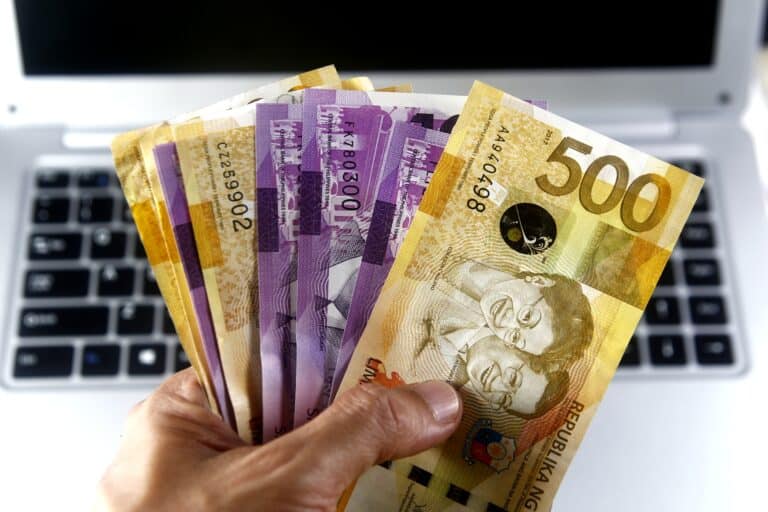Sending money to family, friends, or business partners in the Philippines is an important decision that requires careful planning. Whether you’re supporting loved ones, paying for education, or handling business transactions, understanding the process helps ensure your money arrives safely and efficiently.
The Philippines receives billions of dollars in remittances each year, making it one of the world’s top destinations for international money transfers. This high volume means well-established systems exist to receive funds, but it also means you have many options to choose from.
This guide covers the essential information you need before sending money to the Philippines. You’ll learn about transfer methods, costs, timing, safety considerations, and what your recipient should expect. By the end, you’ll feel confident about making your first transfer or finding better options for future sends.
Are You Allowed to Send Money to the Philippines?
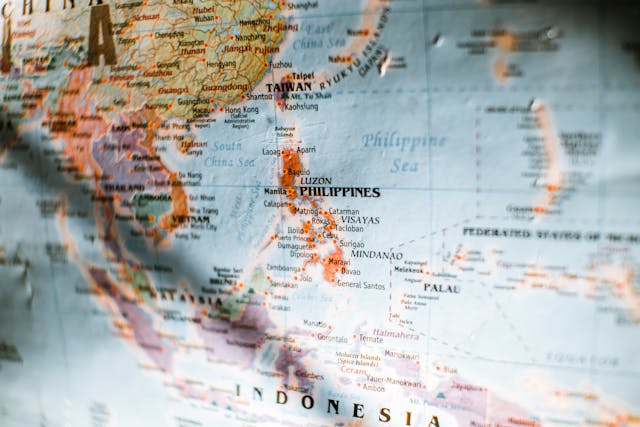
Yes, sending money to the Philippines is completely legal and widely supported. The Philippines welcomes international money transfers and has built robust financial infrastructure to handle them.
You’ll need to provide basic information about yourself and your recipient, including full names, addresses, and the purpose of the transfer. Most services require government-issued ID for verification, especially for larger amounts.
The Philippines doesn’t restrict how much money residents can receive from abroad. However, your sending country may have reporting requirements for transfers above certain amounts. In the United States, for example, large transfers over $10,000 require additional documentation.
Licensed money transfer operators must follow anti-money laundering regulations. This means they’ll ask about your relationship to the recipient and the reason for sending money. Common purposes include family support, education expenses, medical bills, or business payments.
What Are the Typical Transfer Methods?
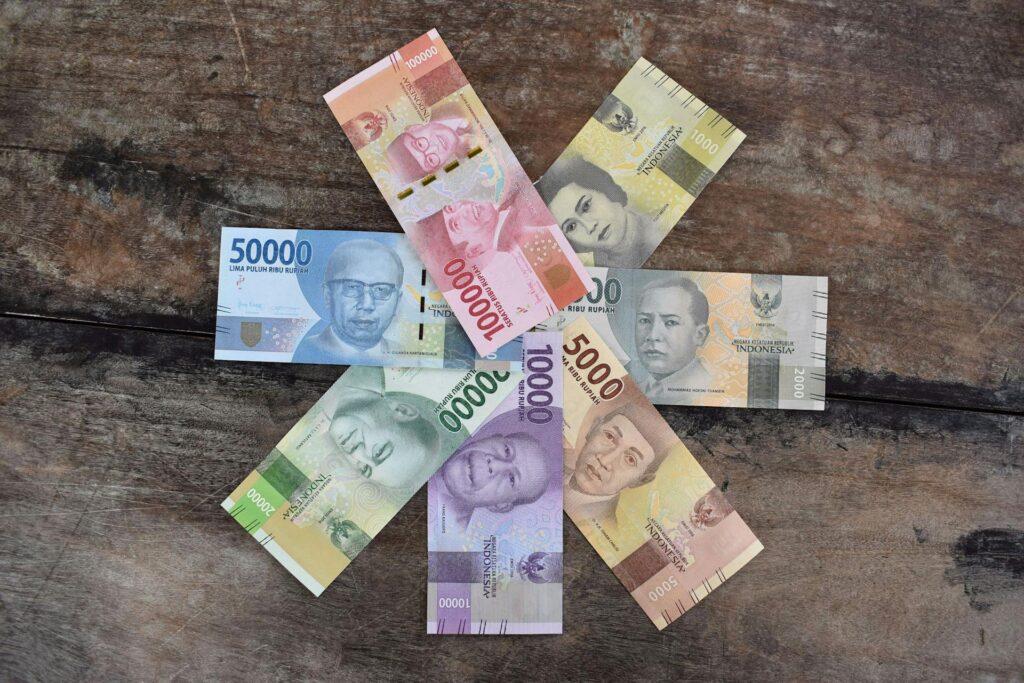
You have several options for sending money to the Philippines, each with different advantages:
Bank transfers move money directly from your bank account to your recipient’s Philippine bank account. This method works well for recipients who have established banking relationships and prefer receiving funds in their account.
Digital transfer apps let you send money using your smartphone or computer. Your recipient can receive funds in their bank account, mobile wallet, or at cash pickup locations. These services often offer competitive exchange rates and transparent fee structures.
Cash pickup services allow your recipient to collect money at thousands of locations across the Philippines. Popular networks include pawn shops, money transfer outlets, and partner retail stores. This option works well when your recipient doesn’t have a bank account or needs cash immediately.
Mobile wallets are growing rapidly in the Philippines. Services like GCash and PayMaya let recipients receive money directly on their phones. They can then use these funds for purchases, bill payments, or cash withdrawals at ATMs.
Cryptocurrency transfers offer another option, though they require both sender and recipient to be comfortable with digital currencies. This method can be faster and less expensive, but it requires technical knowledge and may have limited cash-out options.
How Long Will It Take for the Money to Arrive?
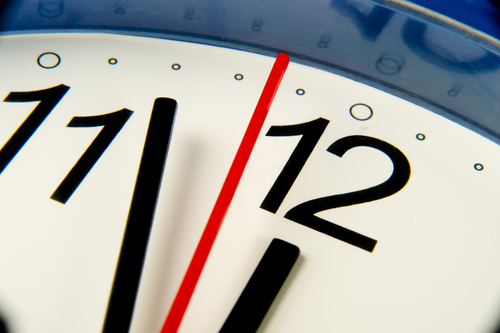
Transfer speed depends on the method you choose and when you send the money.
Digital transfers to mobile wallets typically arrive within minutes during business hours. Bank transfers usually take 1-3 business days, depending on the receiving bank’s processing times.
Cash pickup transfers are often available within minutes of sending, making them ideal for emergency situations. However, pickup locations may have limited hours, especially in rural areas.
Timing matters significantly. Transfers sent during Philippine business hours (Monday through Friday, 9 AM to 5 PM Philippine Standard Time) process faster than those sent during weekends or holidays.
Philippine banks observe local holidays, which can delay transfers by an additional day. Major holidays like Christmas, New Year, and Holy Week may cause longer delays.
Weather can also affect transfer times. During typhoons or natural disasters, some pickup locations may temporarily close, and banking systems may experience delays.
What Are the Costs Involved?
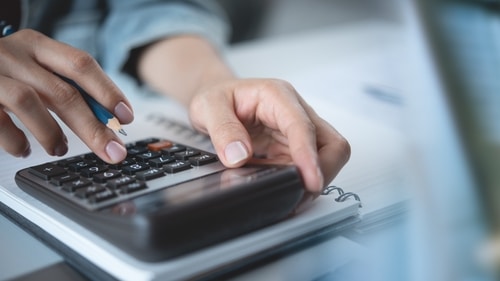
Transfer costs include several components that vary by service provider and transfer method.
Transfer fees are upfront charges for processing your transaction.
Receiving fees may apply when your recipient collects the money. Bank transfers sometimes charge receiving fees, while mobile wallet transfers typically don’t. Cash pickup services usually don’t charge recipients additional fees.
Speed premiums mean faster transfers often cost more. Express services that deliver money in minutes typically charge higher fees than standard services that take 1-3 days.
To find the best value, compare the total cost including all fees and the exchange rate. A service with higher upfront fees but better exchange rates might be more economical for larger transfers.
Send money to the Philippines with Remitly.
Get a special rate on your first transfer, plus no fees on your first two transfers.
Get Started
Are There Limits on How Much You Can Send?

Transfer limits depend on the service provider, your verification level, and regulatory requirements.
Most services allow new users to send $1,000-$3,000 for their first transfer. After verifying your identity with government-issued ID, limits typically increase to $10,000-$50,000 per transfer or per month.
Higher verification levels may require additional documentation, such as proof of income or source of funds. Some services ask for bank statements or employment verification for very large transfers.
Daily, weekly, and monthly limits may all apply. For example, you might be able to send $5,000 per transaction but only $15,000 per month total.
Business accounts often have higher limits than personal accounts. If you regularly send large amounts for business purposes, consider opening a business account with your chosen provider.
Recipients in the Philippines don’t face limits on receiving money, but they may need to provide identification for large cash pickups or deposits.
How Safe Is It to Send Money to the Philippines?
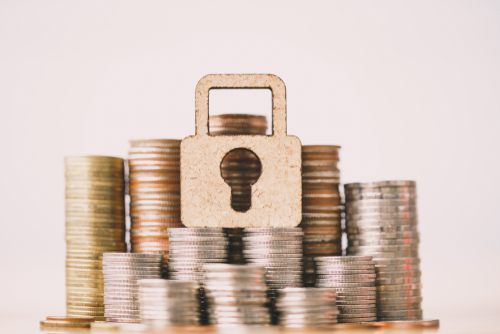
Sending money to the Philippines is generally very safe when you use licensed, regulated services.
Look for providers regulated by financial authorities in their home countries. In the United States, legitimate services register with FinCEN and state banking departments. In the UK, they’re authorized by the Financial Conduct Authority.
- Choose established providers with strong security measures. Look for encryption technology, fraud monitoring systems, and customer protection policies. Read reviews from other customers to understand their experiences.
- Verify recipient information carefully before sending. Double-check names, addresses, and pickup locations. Incorrect information can delay transfers or send money to the wrong person.
- Be aware of common scams. Never send money to someone you haven’t met in person unless you’re certain of their identity. Avoid transfers for fake emergencies, romance scams, or “investment opportunities” that promise unrealistic returns.
- Keep your transaction records until your recipient confirms they’ve received the money. Save confirmation numbers, receipts, and any communication with customer service.
- Monitor your accounts for unauthorized transactions. Report suspicious activity immediately to your bank and the money transfer provider.
What Should the Recipient Expect?
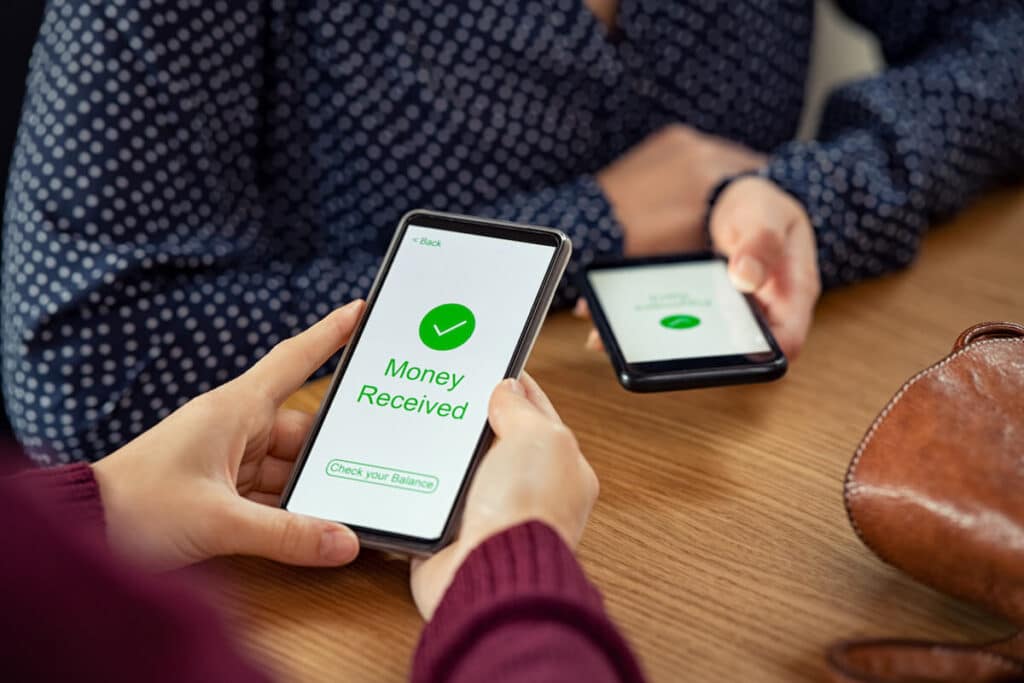
Your recipient’s experience depends on how they’re receiving the money.
For bank transfers, recipients will see the money appear in their account within 1-3 business days. They’ll receive SMS notifications or can check their balance online. No additional action is required beyond having an active bank account.
For mobile wallet transfers, recipients receive SMS notifications when money arrives. They can immediately use funds for purchases, bill payments, or cash withdrawals at partner ATMs. First-time recipients may need to verify their identity or download the wallet app.
For cash pickup transfers, recipients need to visit a pickup location with valid government-issued ID. They’ll provide the transaction reference number and answer security questions. Pickup locations include pawn shops, money transfer centers, and retail partners throughout the Philippines.
Required documents typically include valid government-issued photo ID such as a driver’s license, passport, or Unified Multi-Purpose ID. Some locations may accept alternative forms of identification for smaller amounts.
Pickup locations operate during regular business hours, usually 9 AM to 6 PM Monday through Saturday. Some locations open on Sundays or holidays, but hours may be limited. Rural areas may have fewer pickup options than major cities.
Recipients should bring exact change if the pickup location charges any fees, though most don’t charge recipients additional costs.
Start Your Transfer with Confidence
Sending money to the Philippines involves several important considerations, but understanding the process helps ensure successful transfers.
- Compare providers based on total costs, delivery speed, and convenience for your recipient. Consider their preferred receiving method and location when choosing your transfer option.
- Verify all recipient information before confirming your transfer. Keep transaction records and confirmation numbers until the money is successfully delivered.
- Choose licensed, regulated providers with strong security measures and positive customer reviews. This protects both your money and personal information.
- Start with smaller amounts for your first few transfers to test the service and ensure everything works smoothly. Once you’re comfortable with the process, you can confidently send larger amounts when needed.
- Remember that sending money to support family, education, or business activities in the Philippines is a common and straightforward process. With proper preparation and the right provider, your transfers will be safe, affordable, and reliable.
Quick Reference Chart
| Category | Philippines Money Transfers: Key Information |
|---|---|
| Legality | Legal and widely supported; ID and relationship details required. |
| Transfer Methods | Bank Transfers: To bank accounts (1–3 days) Digital Apps: To bank, wallet, or cash pickup (minutes to days) Cash Pickup: Via pawnshops, outlets (minutes) Mobile Wallets: GCash, PayMaya (minutes) Crypto: Fast but requires technical knowledge. |
| Speed | Instant to 3 days, depending on method, time, and holidays. |
| Costs | Fees vary by method; check total cost including exchange rate. |
| Limits | Typically $1,000–$3,000 for first-time users; up to $50,000 with verification. |
| Safety | Safe with regulated providers. Use secure platforms and verify recipient info. |
| Recipient Experience | Bank: Auto-deposit, no action needed Mobile Wallet: SMS alert, use instantly Cash Pickup: Show ID & ref number at location |
| Best Practices | Compare providers, verify details, keep records, start with small transfers. |
Frequently Asked Questions (FAQs)
What is the best way to send money to the Philippines?
The best method depends on your specific needs, such as speed, cost, and convenience. Bank transfers, online money transfer services, and cash pick-up providers are all reliable options. Compare fees, exchange rates, and transfer times before deciding.
How long does it take to transfer money to the Philippines?
Transfer times vary depending on the service used. Online platforms and cash pick-up providers often deliver funds within minutes, while bank transfers may take 1-5 business days.
What information do I need to send money?
Essential details include the recipient’s full name, address, and phone number. For bank transfers, you’ll also need the recipient’s bank name, account number, and branch details.
Are money transfers to the Philippines secure?
Yes, as long as you use a trusted provider. Look for services with encryption, secure payment methods, and customer reviews to ensure your funds are protected.
Are there limits on how much money I can send?
Most services have minimum and maximum transfer limits. These vary by provider and your chosen method, so check with the service you’re using.
How can I find the best exchange rate?
Compare exchange rates across several providers, including banks and online services. Remember that some providers may add a markup to the exchange rate, affecting the amount delivered to your recipient.
Are there fees associated with money transfers?
Yes, fees vary depending on the provider and method. Some services charge flat fees, while others have percentage-based pricing. Always check both the fees and the exchange rates to estimate the total cost.
Can I track my money transfer?
Most money transfer providers offer tracking services, either through their website, app, or a tracking number. This ensures transparency and allows you to check the status of your transaction in real-time.
What if there’s an issue with my transfer?
Reputable providers have customer support teams ready to assist with any issues. Keep your transaction details and receipt handy when contacting support for faster resolution.
